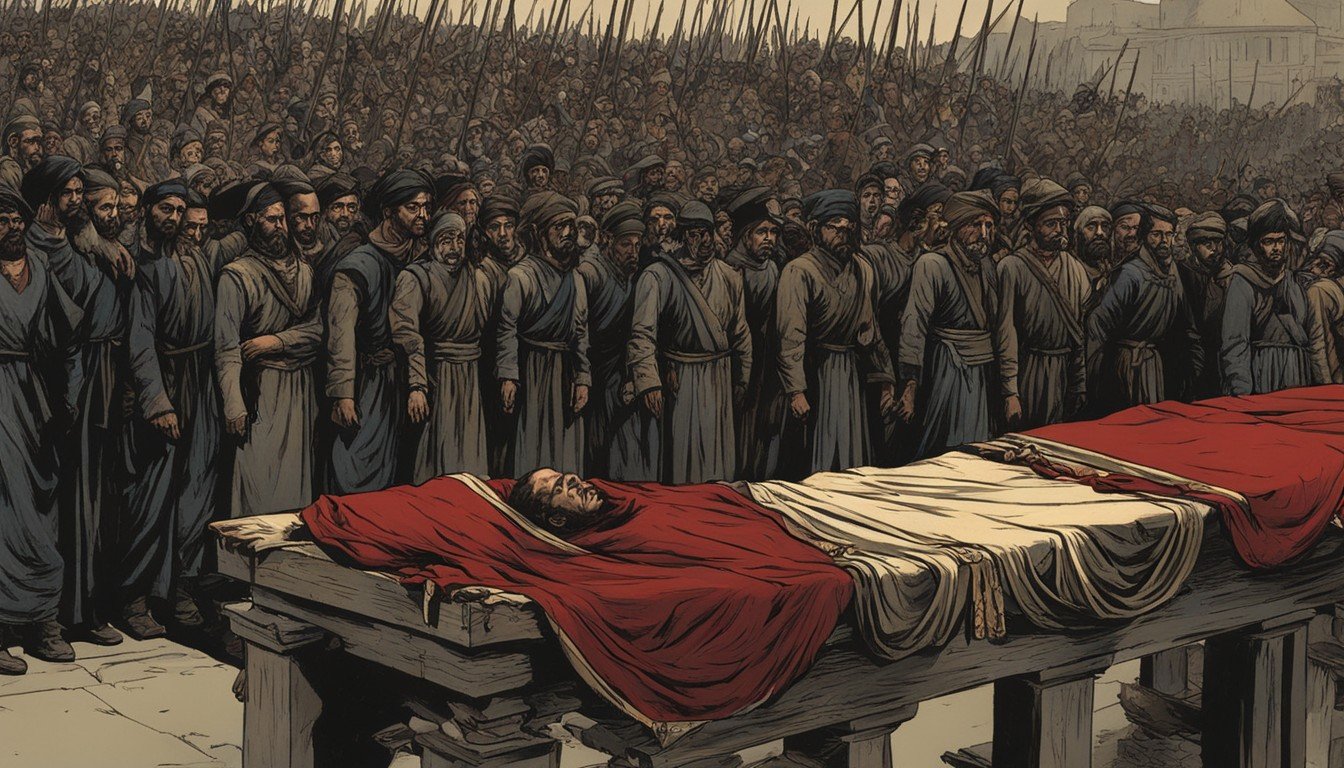The declaration of Martial Law in the Philippines on September 21, 1972, by President Ferdinand Marcos ushered in one of the darkest chapters in Philippine History. It was a period marked by the suspension of civil liberties, widespread human rights abuses, stringent censorship, and the stifling of dissent. Yet, paradoxically, this era of intense repression…
Tag: Political activism
The Rise of the People Power Movement
The People Power Movement was a key moment in Philippine history. It marked the shift from Ferdinand Marcos’s rule to a democratic government. This movement greatly influenced Philippine Democracy and left a lasting mark on the country. In 1985, a petition for Cory Aquino to run against President Marcos got over 1 million signatures. This…
The Development of Filipino Political Theater
Filipino theater history is rich and complex, showing the country’s cultural identity. The Philippines’ mix of indigenous, Spanish, American, and Japanese influences has shaped its political theater. This theater form expresses feelings against colonial rule, as seen in the University of the Philippines Sarsuwela Festival 2009. The cultural importance of sarsuwela performances shows how vital…
The Rise of the New People’s Army (NPA)
The New People’s Army (NPA) started in 1969. It is the armed wing of the Communist Party of the Philippines (CPP). Their main aim is to take down the government and create a communist state. The Philippines has faced a lot of issues with communism. The NPA is one of the biggest groups involved. The…
The Propaganda Movement: Reform or Revolution?
Did you know that by the late 19th century, over 100,000 Filipinos were part of a growing call for change under Spanish colonial rule? This period marked the rise of the Propaganda Movement, a campaign led by Filipino intellectuals seeking reforms in the Philippines. Figures like José Rizal and Graciano López Jaena used newspapers and…
Was Jose Rizal a Witness to GomBurZa’s Death?
Did you know that Jose Rizal might have seen the execution of GomBurZa? This group included Fathers Mariano Gomez, Jose Burgos, and Jacinto Zamora. They were executed on February 17, 1872. This event changed the fight for independence and religious freedom in the Philippines. But was Rizal really there when GomBurZa was killed? The stories…






